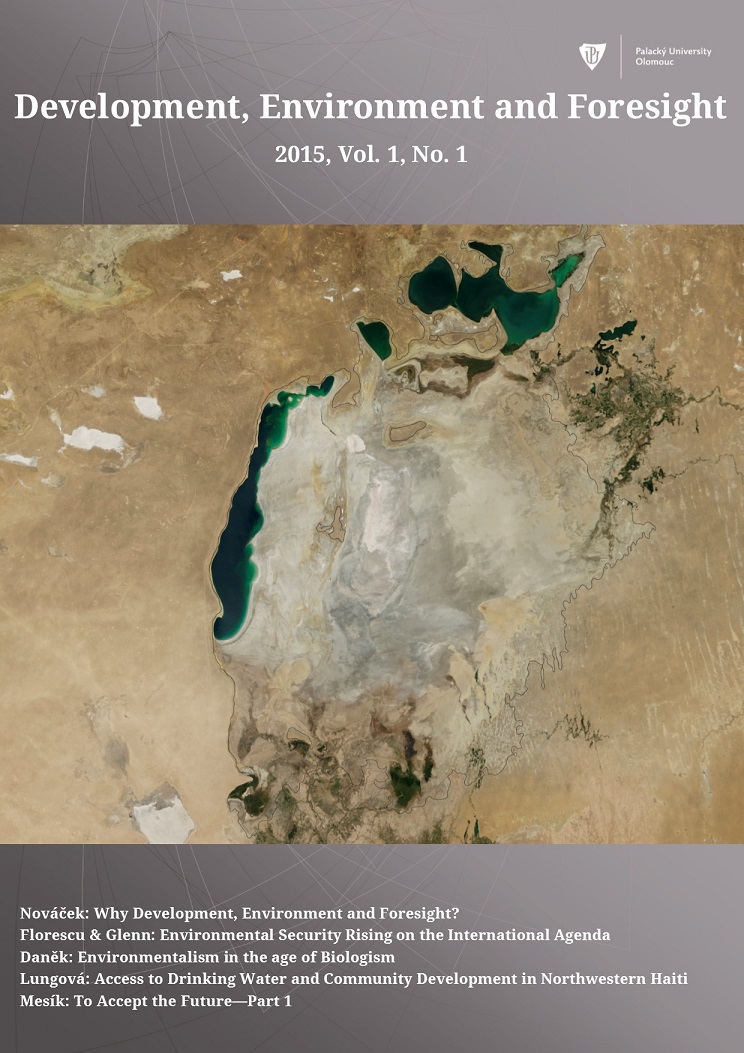Environmental Security Rising on the International Agenda
Abstract
Security threats are changing: natural disasters are increasing in frequency and impacts; synthetic biology gives rise to new forms of biological weapons and laboratory accidents; nuclear waste continues to mount, often with little protection; untested chemicals proliferate; shortages of water, increasing food prices, and dwindling energy supplies threaten human security; and other environmental and social problems cannot be addressed by conventional military force. New security strategies are needed. Although transborder nationstate wars are decreasing, intrastate ethnic conflicts and environmental problems are increasing, a situation which the UN and conventional military forces were not designed to address. Since environmental degradation and social conflicts exacerbate each other, their incidence and severity could expand unless they are addressed together. Therefore, environmental security is increasingly dominating national and international agendas. The Millennium Project defines environmental security as environmental viability for life support, with three sub-elements: a) preventing or repairing military damage to the environment; b) preventing or responding to environmentally caused conflicts, and c) protecting the environment due to its inherent moral value. This article presents some emerging environmental security–related issues and strategies organized around this definition, including international environmental legal frameworks and potential changes.
Published
Apr 22, 2015
How to Cite
FLORESCU, Elizabeth; GLENN, Jerome C..
Environmental Security Rising on the International Agenda.
Development, Environment and Foresight, [S.l.], v. 1, n. 1, p. 6-23, apr. 2015.
ISSN 2336-6621.
Available at: <https://def-journal.eu/index.php/def/article/view/3>. Date accessed: 02 aug. 2022.
Section
Research Papers
Keywords
environmental security; nontraditional security threats; multilateral environ-mental agreements; military action; pollution
Authors who publish with this journal agree to the following terms:
- Authors retain copyright and grant the journal right of first publication with the work simultaneously licensed under a Creative Commons Attribution License that allows others to share the work with an acknowledgement of the work's authorship and initial publication in this journal.
- Authors are able to enter into separate, additional contractual arrangements for the non-exclusive distribution of the journal's published version of the work (e.g., post it to an institutional repository or publish it in a book), with an acknowledgement of its initial publication in this journal.



